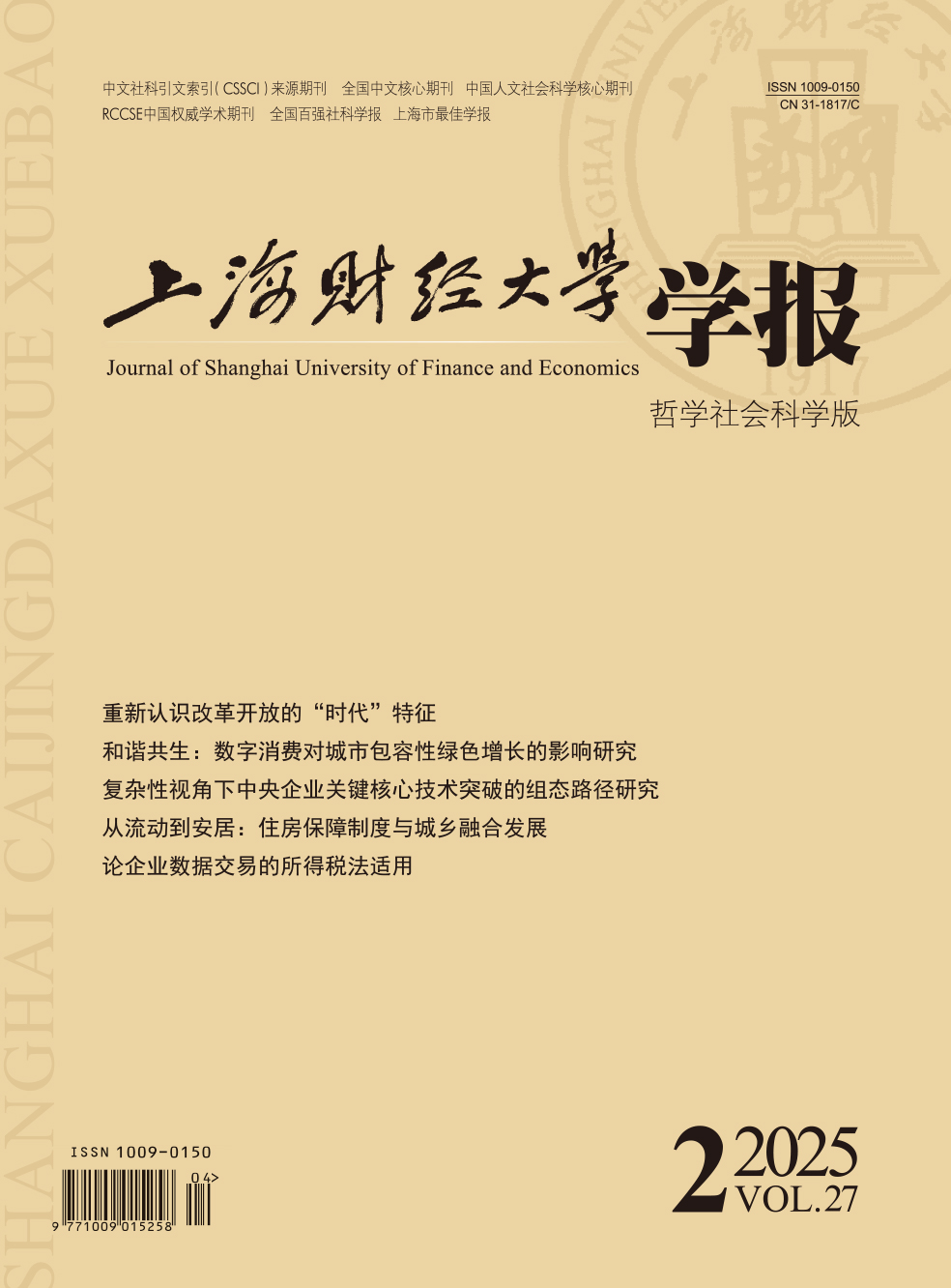Clean energy subsidies are important policy tools to promote the development of related industries and achieve resource and environmental goals in China. In view of a series of serious environmental pollution problems caused by fossil energy consumption, the call for increasing the clean energy use and improving the utilization of clean energy to improve and optimize the energy consumption structure has become more and more intense in recent years. However, previous studies have focused on the energy price reform and the impact of the subsidy scale on the social economy, focusing on the analysis of the process and effect of energy subsidy policies on macroeconomic operations while lacking quantitative research on the impact of relevant industries and environmental systems. In the clean energy subsidy program, different subsidy policy schemes are quite different. How much influence does the clean energy subsidy reform design have on different industry development and environmental pollution control? It is worth further research. The paper constructs a dynamic computable general equilibrium model (DCGE) to appraise the impact of clean energy subsidies on industry development and environmental governance based on a " national + local” scenario from a long-term latitude. The results show that, overall speaking, clean energy subsidies are helpful to promote the energy price reform. Due to the price advantage brought by clean energy subsidy policies, elasticity of substitution between fossil energy and clean energy can be changed greatly, which will increase the total output of related industries, improve the energy consumption structure, and reduce the emission intensity of major pollutants. However, the impacts of different subsidy programs greatly differ from each other. National basic subsidy policies can improve the competitiveness of clean energy to some extent, and strong local subsidy policies can be more effective to promote the development of clean energy industries, improve energy consumption per unit GDP and per capita energy surplus, reduce the environmental damage, and optimize the energy consumption structure. Therefore, the use of the " national + strong local” design is more conducive to clean energy industry development and environmental governance. The main contributions of this paper are to introduce factors such as clean energy industry and resource environment into the subsidy reform research, effectively assess the differences between different programs on industrial development and environmental systems, and study the subsidy intensity of different topics such as national and local governments in subsidy policies. The impact of alternative elasticity, industrial development and environmental pollution control makes clean energy subsidy policies more in line with the reality of social development. The results of this paper can improve the feasibility of the clean energy subsidy program, and provide reference for the formulation and sustainable development of clean energy subsidy policies related to the national economy and the people’s livelihood.
 / Journals / Journal of Shanghai University of Finance and Economics
/ Journals / Journal of Shanghai University of Finance and EconomicsJournal of Shanghai University of Finance and Economics
LiuYuanchun, Editor-in-Chief
ZhengChunrong, Vice Executive Editor-in-Chief
GuoChanglin YanJinqiang WangWenbin WuWenfang, Vice Editor-in-Chief
Impacts of the Clean Energy Subsidy Reform on Industry Development and Environment Pollution: An Analysis Based on a Dynamic CGE Model
Journal of Shanghai University of Finance and Economics Vol. 20, Issue 05, pp. 44 - 57 (2018) DOI:10.16538/j.cnki.jsufe.2018.05.004
Summary
References
Summary
Cite this article
Xu Xiaoliang. Impacts of the Clean Energy Subsidy Reform on Industry Development and Environment Pollution: An Analysis Based on a Dynamic CGE Model[J]. Journal of Shanghai University of Finance and Economics, 2018, 20(5): 44-57.
Export Citations as:
For
Previous: 本期导读




 5555
5555  7900
7900

